Timeless Play
Timeline: 3 July 2023 - 23 November 2023
Team member: Ruoxi Song, Mansi Chottani, Kye Li Chia
For the first two week, we tend to write our own brief that might be helpful or contribute to our final major project, so we came up two ideas that we want to test out.
Week 1 mini brief:
- Our FMP will be influenced by the essay "Bee Larvae and Onion Soup" that discusses the idea of culture as a fundamental way to understand why we behave the way we do. It will also draw upon the manifesto "Resisting Reduction" which focuses on developing a sensibility and a culture of flourishing, and embracing a diverse array of measures of "success" depend less on the accumulation of power and resources and more on diversity and the richness of experience.
- With this in mind, we intend on focusing on the gradual loss of culture and traditions through generations caused by surrounding factors. Our aim is to uncover the reasons behind this loss and design a workshop or product which aids in the transfer of cultural and traditional skills from one generation to another. Many traditional skills are slowly being lost to the seemingly convenient new technologies and services. Through methods of storytelling and hands on participation the project will aim to make people realise the importance of retaining age old cultures and traditions.
Brief:
Design a way to preserve traditions through games.
There seems to be a gradual loss of culture and traditions through generations caused by the seemingly convenient new technologies and services. Many cultural and traditional skills are slowly being lost or minimized to digital forms. This also means a loss of what those traditions represented or meant (community building, togetherness etc.) Specifically, the next generation of children, with the growing industrialization and urbanization will be completely alienated from these traditions that once thrived.

My team and I had a discussion about which aspects of tradition we wanted to explore. Initially, we considered crafts, traditional skills, and games. However, when we thought about how many children nowadays spend more time playing with their phones or other digital devices rather than going outdoors to explore nature and play traditional outdoor games, we decided to focus on designing from this perspective. Our goal is to encourage children to play outdoor games while also preserving traditional values
Aim:
The aim is to bring traditional childhood games to public spaces.
Through the literature and reference, we found that the benefit of playing these games are
-
Agility: games that involve being fast or running to and fro.
-
Problem solving: games that require team strategies.
-
Creativity: finding new ways to play a certain game.
- Social behaviour: learning responsibility, communication, and sensitivity towards different ages they play with.
Survey:
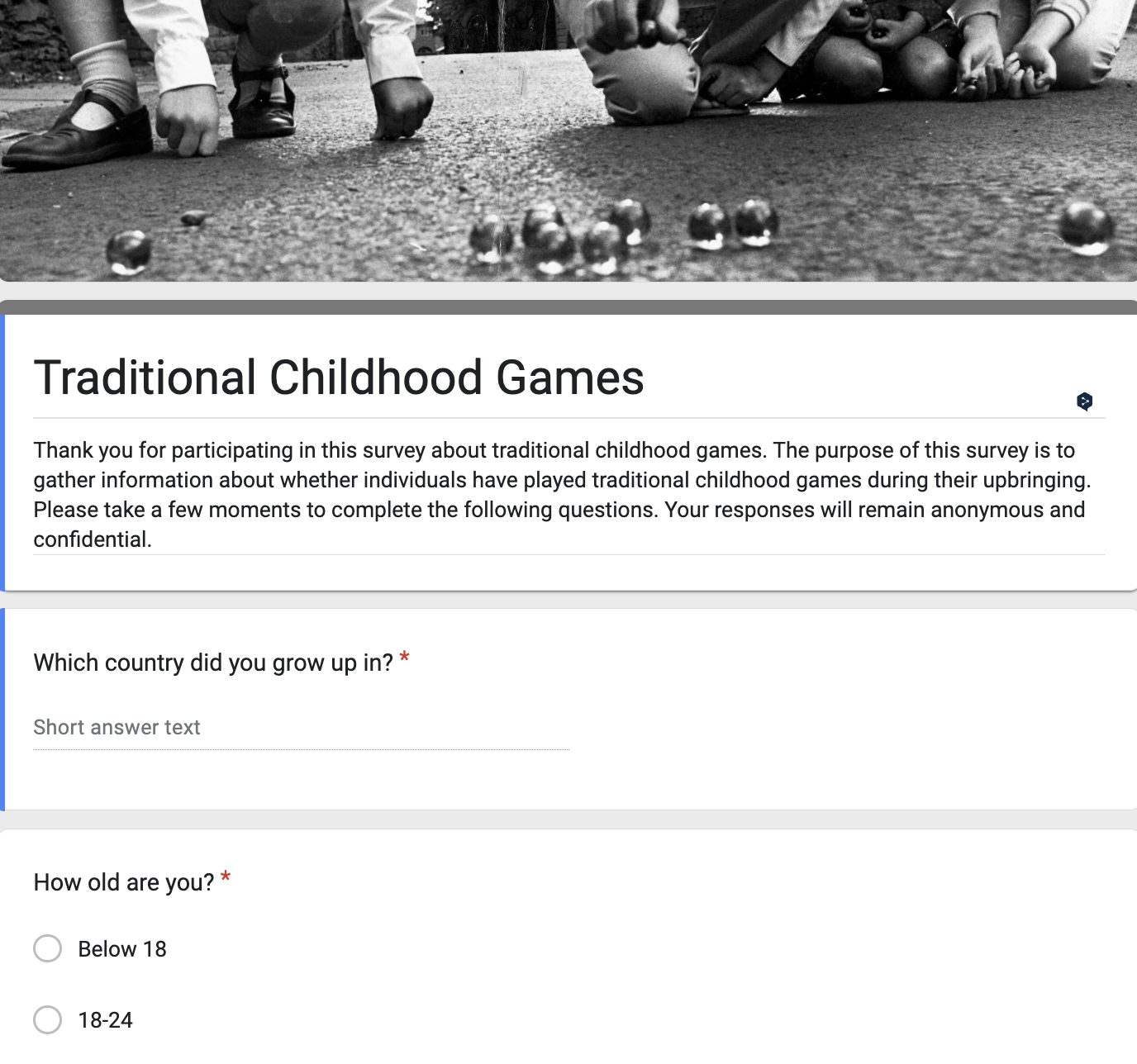
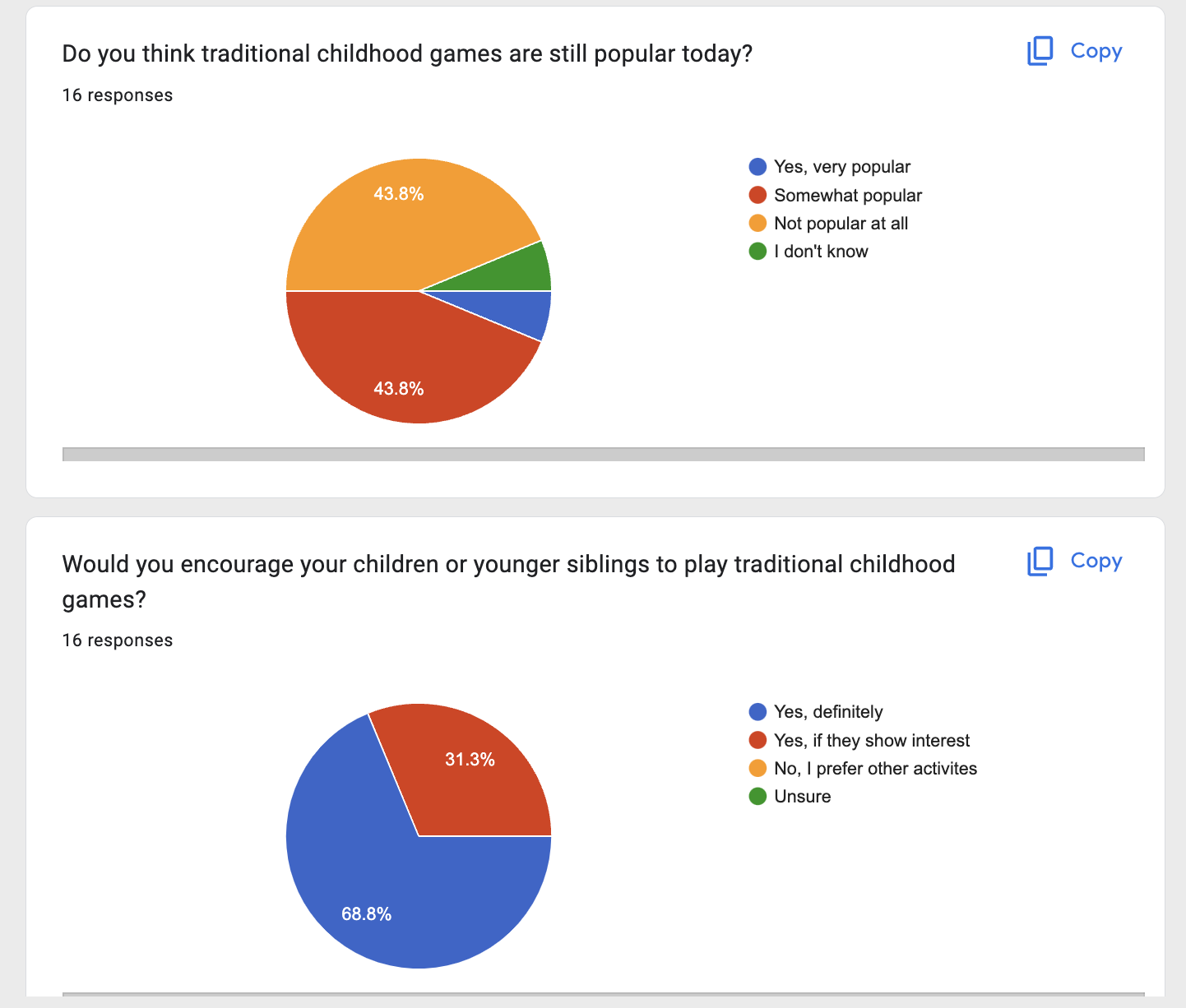
Insights:
-
100% have grown up playing traditional childhood games.
-
70% would want to teach games to their kids or young siblings
-
94% would want to learn a traditional game from a different country
-
52% would interact/play traditional games if they came across it in a park
-
88% think traditional games are somewhat or not popular at all now
Game exploration:
We chose India, China, and Malaysia because that's where we're from, and we're familiar with these countries. We selected the UK because we want to place our project here, where we currently reside.



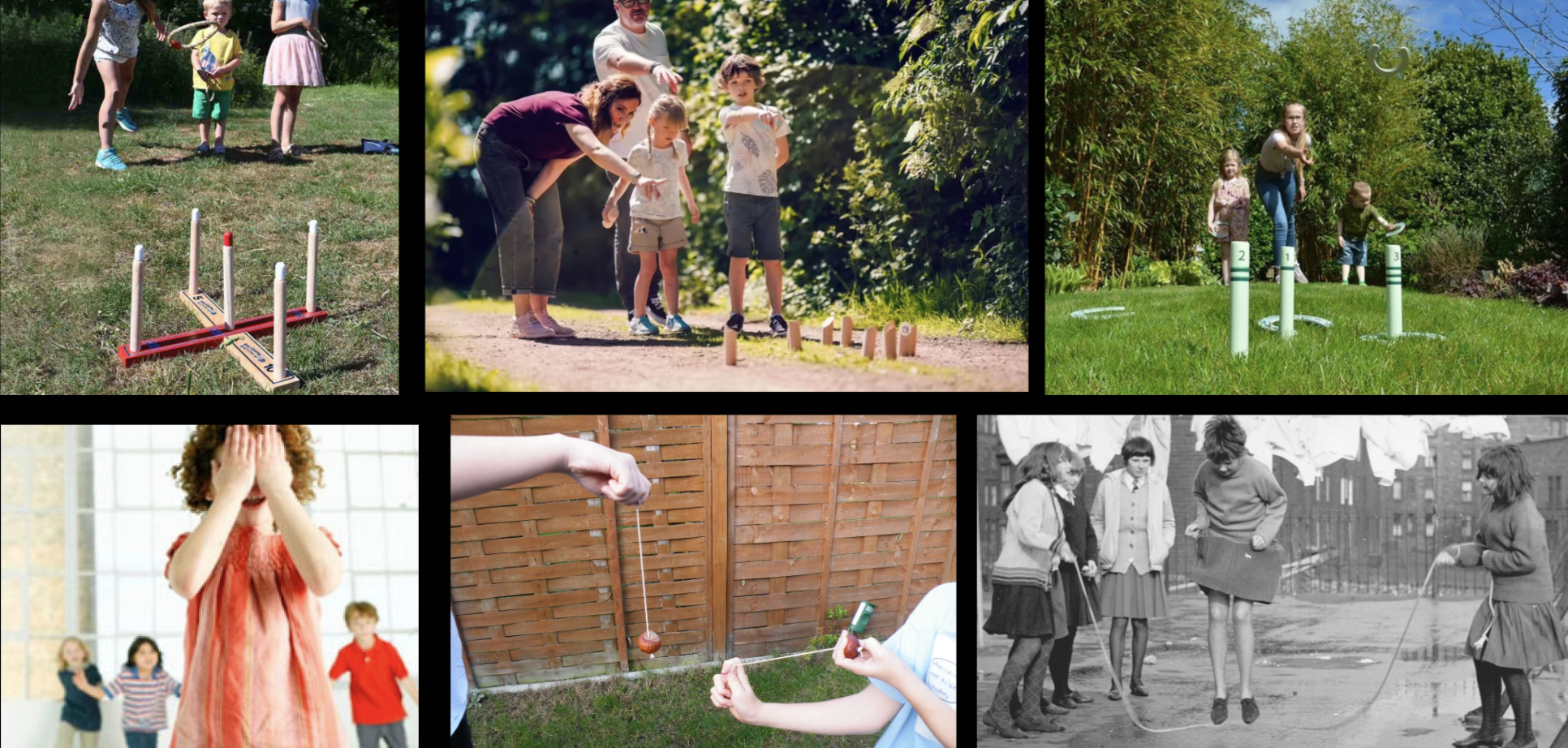

Material exploration in the park:





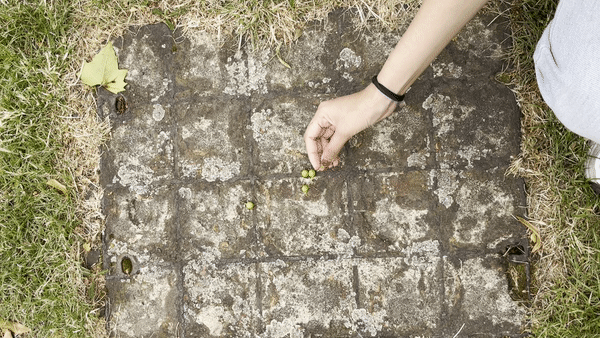

Final Design:
The final design is multiple infographics of the explanations of the childhood games, we tried to make it as few words as we can so that it’s slightly easier for people to understand and follow. People of any age are welcome to play and explore different rules and elements while they playing these games. They can also leave the game sets that are made with natural elements at the place they were playing the game, other people could also continue with the game sets left or redesign them.








Week 2
LDF Confirmation and Preparation:
We are very lucky to have a chance to showcase our work at the London Design Festival and conduct a workshop. Recognising this opportunity as an extension to further research and test our design, we received confirmation to display our work in Elephant Park. Subsequently, we engaged in materials hunting, explored potential locations, and deliberated on the optimal display methods.
During the summer, the three of us were in three different countries with significantly different time zones. Collaborating regularly during this period was challenging, but given our strong commitment to delivering excellent results for the London Design Festival, we devised weekly plans and set individual goals to ensure productive collaboration.
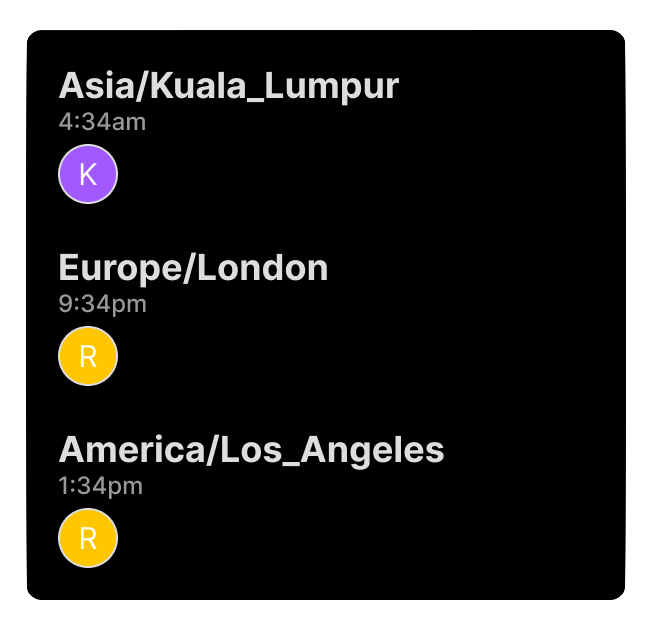

Exhibition site visit:
Commencing our conversation with Irene from LDF, we delved into discussions about the ideal placements for our displays in Elephant Park. Initially, we operated under the assumption that the park would be shared, considering several other groups were showcasing their work. However, later revelations unveiled that we stood as the sole exhibitors throughout the entire London Design Festival period, spanning a week.
With exclusive access to the park, we were eager to make the most of this opportunity. Given the expansive size of the park, we made the strategic decision to introduce an additional game, elevating the total to five games and ensuring comprehensive coverage of the grounds.

Exhibition ideation:
We thought it would be nice if we can attach our design pieces to the trees, and try to use soft materials as much as we can to not damage anything. Other options such as display standees works fine too. We also went down to find materials, such as laser cutting, foam board, and correx. According to our limited budget, and we had to find our best way to display them. Correx is our best option for putting up on trees, and the standees that we can get from Amazon for a cheaper price.

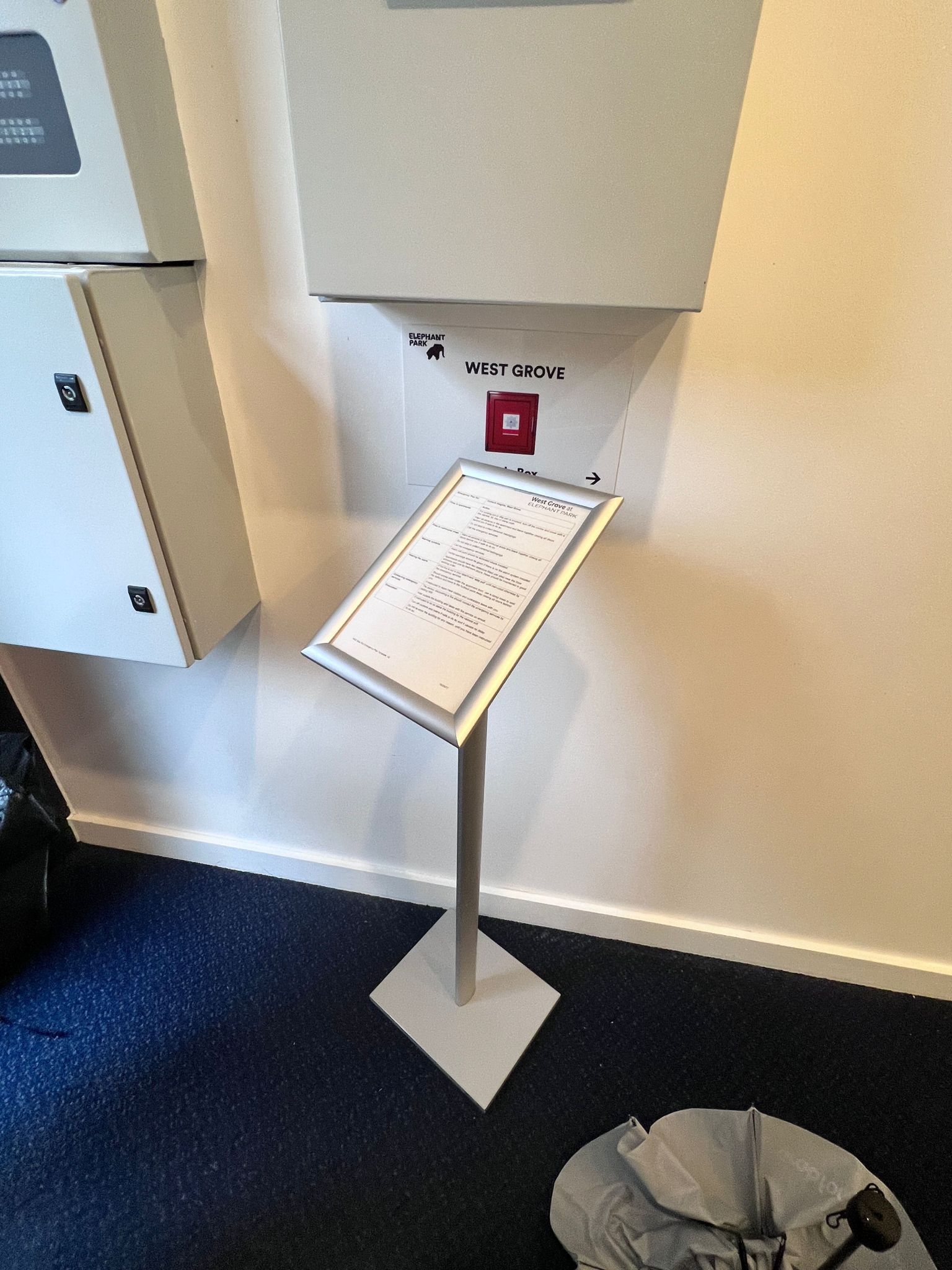
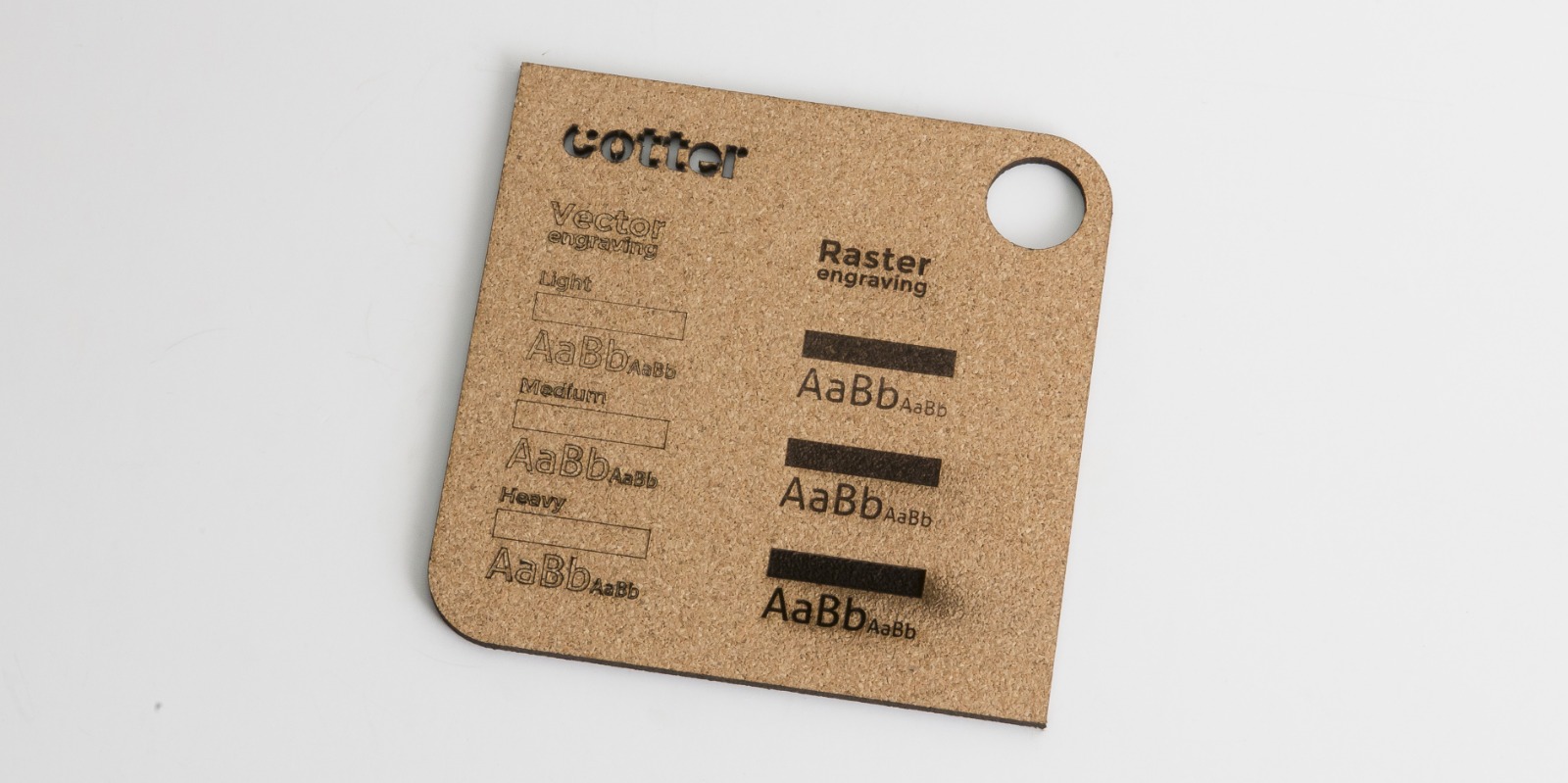

Restrictions:

Meanwhile, we held several meetings with Irene from LDF. Unfortunately, we were required to avoid trees as per the landowner's instructions, and various other restrictions, including budget and safety considerations, had to be adhered to. Following an extensive discussion leading to changes in our plans, we had to abandon ideas involving laser cutting, tying on trees, or using correx materials. Instead, we opted for display standees that can be easily taken away after the exhibition.
The landowner also expressed concerns about the use of metal materials. Consequently, we decided to utilize display stands made with polyethylene, providing a stable base after being filled with water.
Week 3
During the game development, we engaged in initial prototype testing with a diverse group of individuals, uncovering issues related to clarity in language and causing confusion among participants about gameplay. In addressing the feedback from prototype testing, we iteratively refined our game content, incorporating enhanced visual cues and transforming instructions into user-friendly, step-by-step guides.
Visual ideation:
After improving our game instructions, our focus shifted to the visual element. We initiated a creative exploration by conducting a mood board exercise, aiming to identify the most effective approach for conveying our infographics.
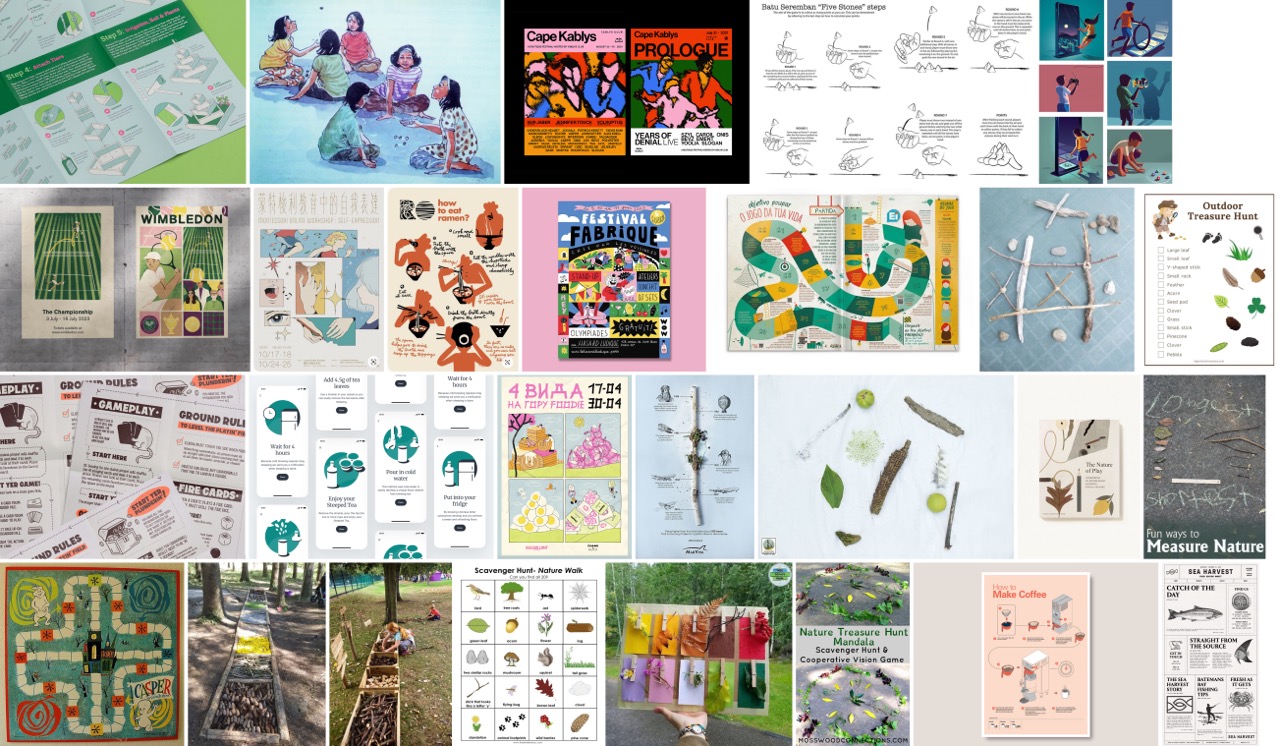
After considering various visual representations, we ultimately settled on using cutouts of real photos accompanied by concise descriptions. We believed this approach would best illustrate how the games should be played, what equipment is required, and how it should be used.
We initially began our design with A3 landscape dimensions before being informed of all the restrictions. However, following our choice to use portrait signage, we acknowledged the necessity to redesign our illustrations accordingly.

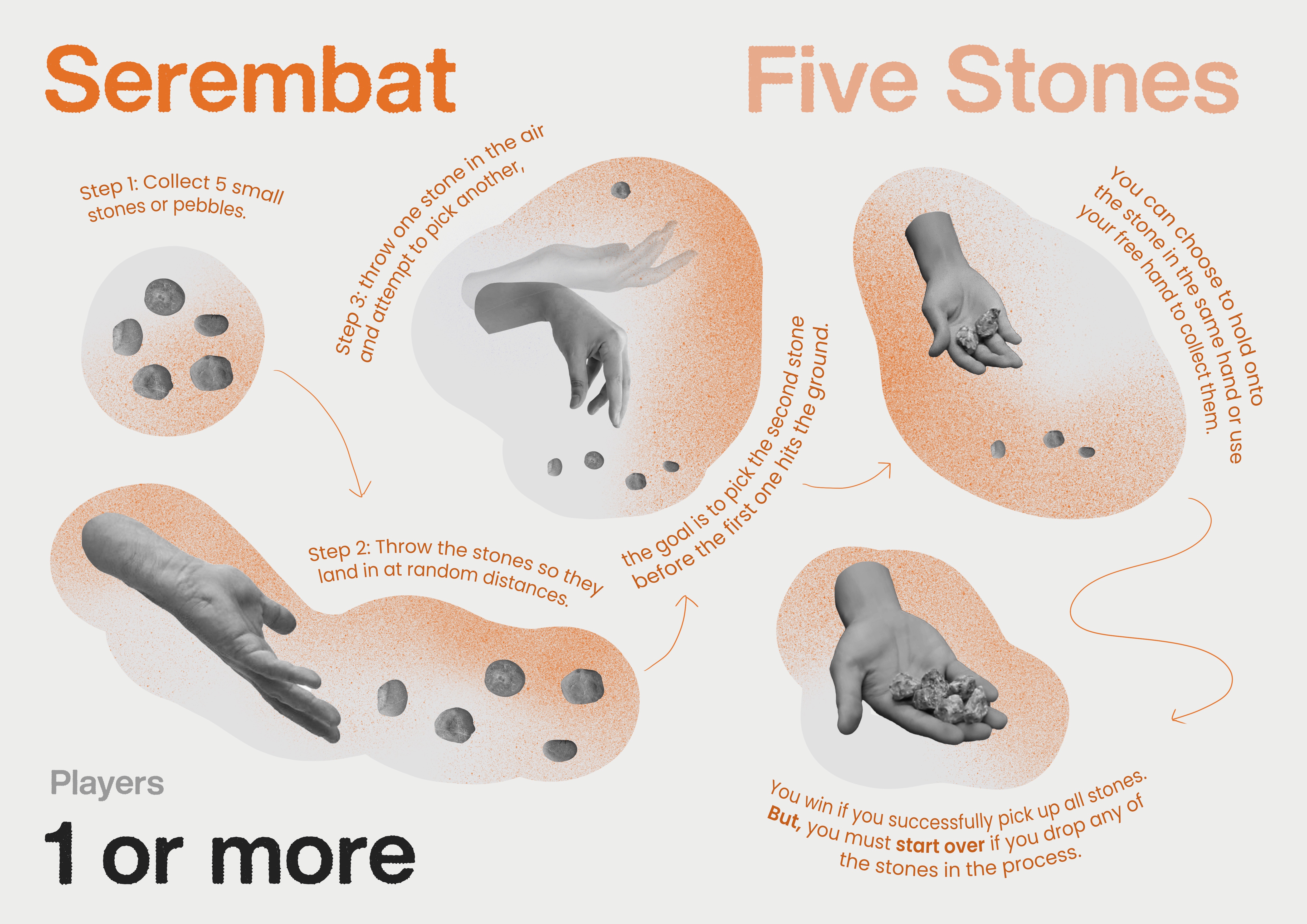
Final design:
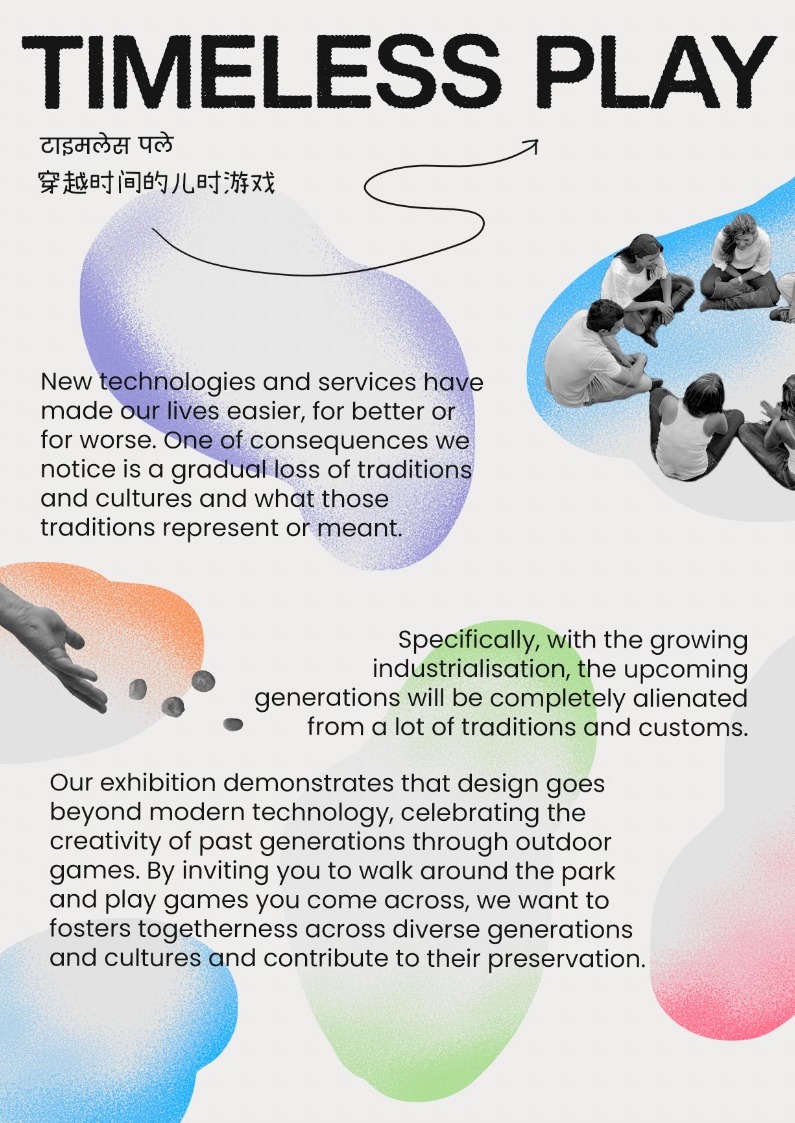





Test and Set up:
Considering the placement of our signage in a public space, we opted for waterproof prints. To ensure their protection, we printed them out and had them laminated.
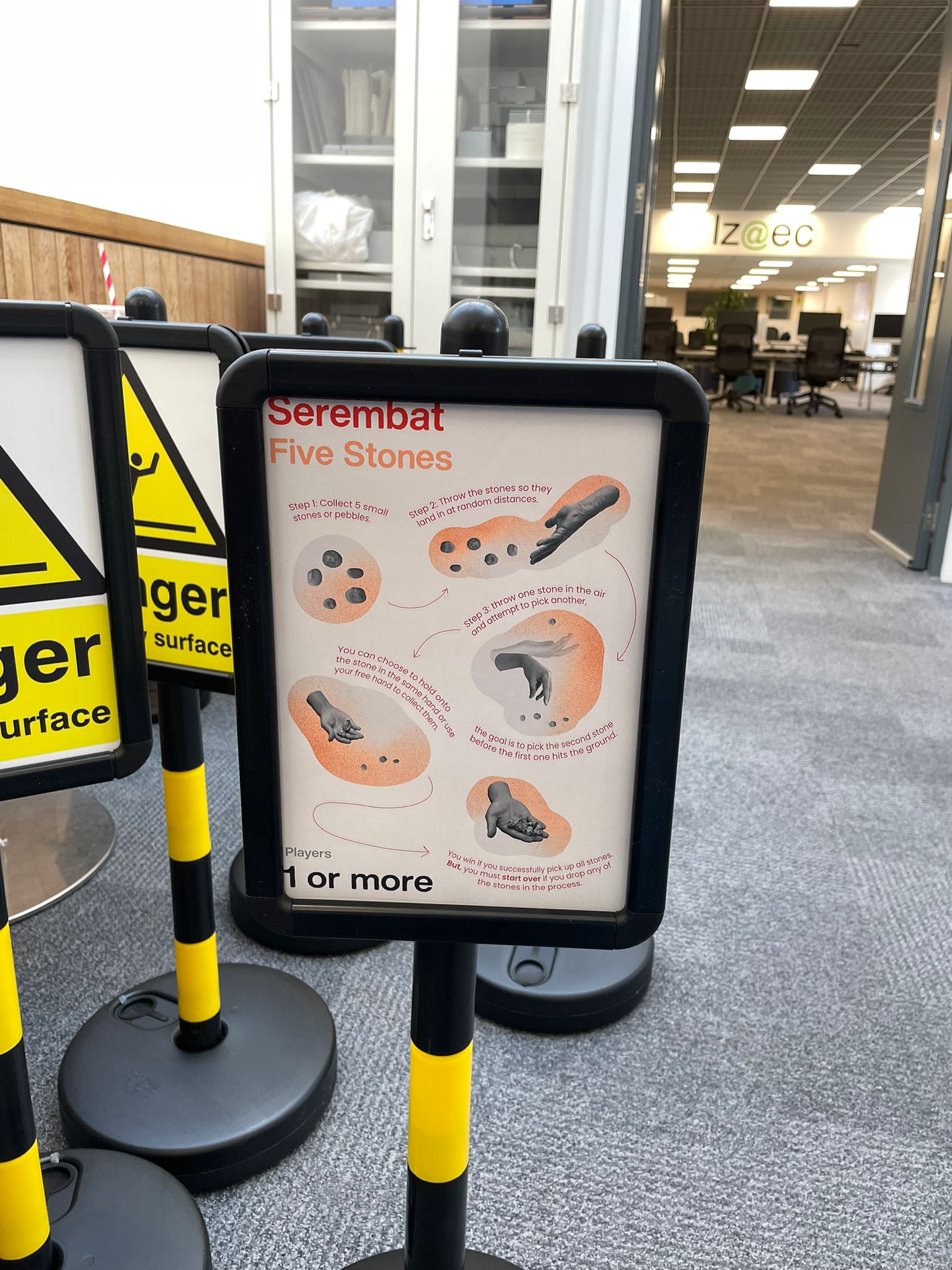



Reflection:
As this is our first time exhibiting our project in a public park space, we gained valuable insights into the realization of our project, which can be very different from our initial expectations. We must strive to find a balance between how we wish to present our project and the considerations of safety, weather, and various other uncontrollable factors.
Working as a dispersed team has taught us real-life collaboration skills. In this collaborative environment, effective communication, understanding, and trust are the pillars that uphold our work. When unforeseen situations arise, especially with team members in different time zones, we rely on each other's judgment. There have been instances where a team member, navigating a daytime schedule, had to make critical decisions for the benefit of our project. These moments reinforce the importance of trust and reliance on individual expertise within our cohesive team.
Week 4
Exhibition:
Our work is finially out!
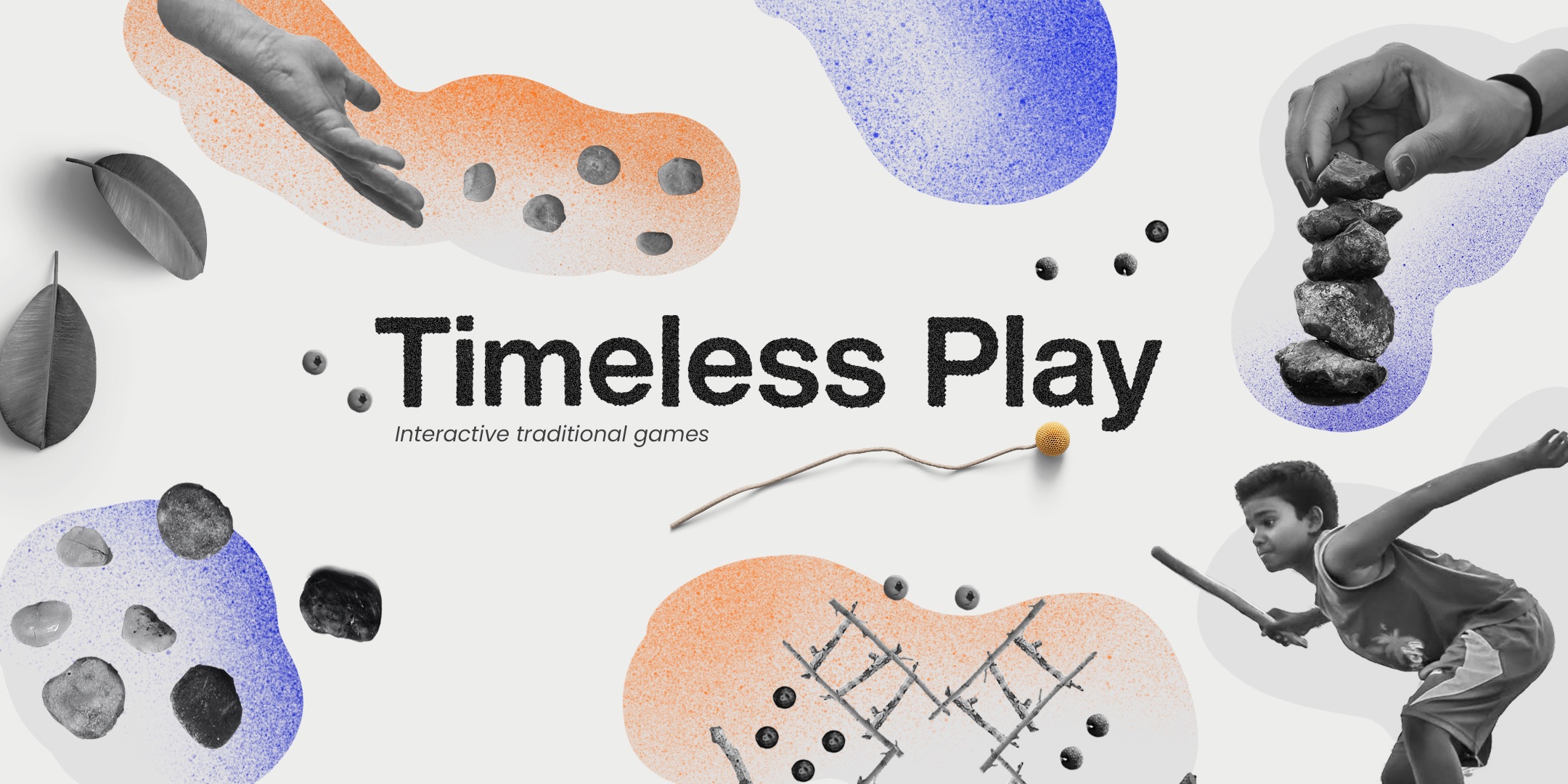

Learnings and challenges:
As we wrapped up the exhibition on the final day, it was time to reflect on what went well and what didn't go well.
Learnings:
- Learned to work/communicate with external parties outside of the university.
- Source for suitable materials for the displays.
- Work within a tight budget.
Challenges:
- Lack of public interaction with the displays.
- Limitations related to the display of infographics due to the land owner's rules and regulations, cost of materials, weather etc.
- Unable to constantly monitor the displays.


As we couldn’t stay in the exhibition all the time to interview people, we did another round of testing ourselves.



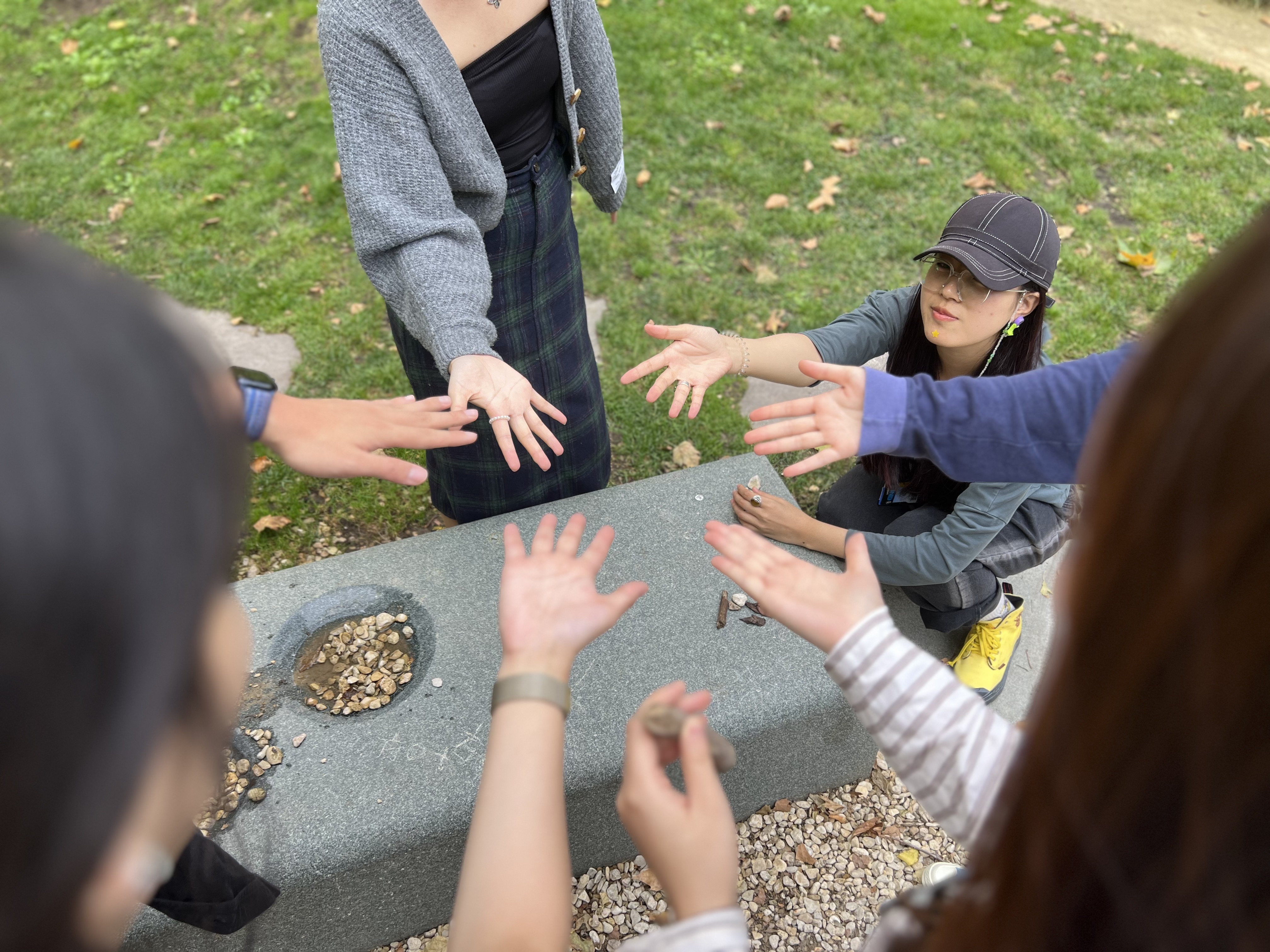



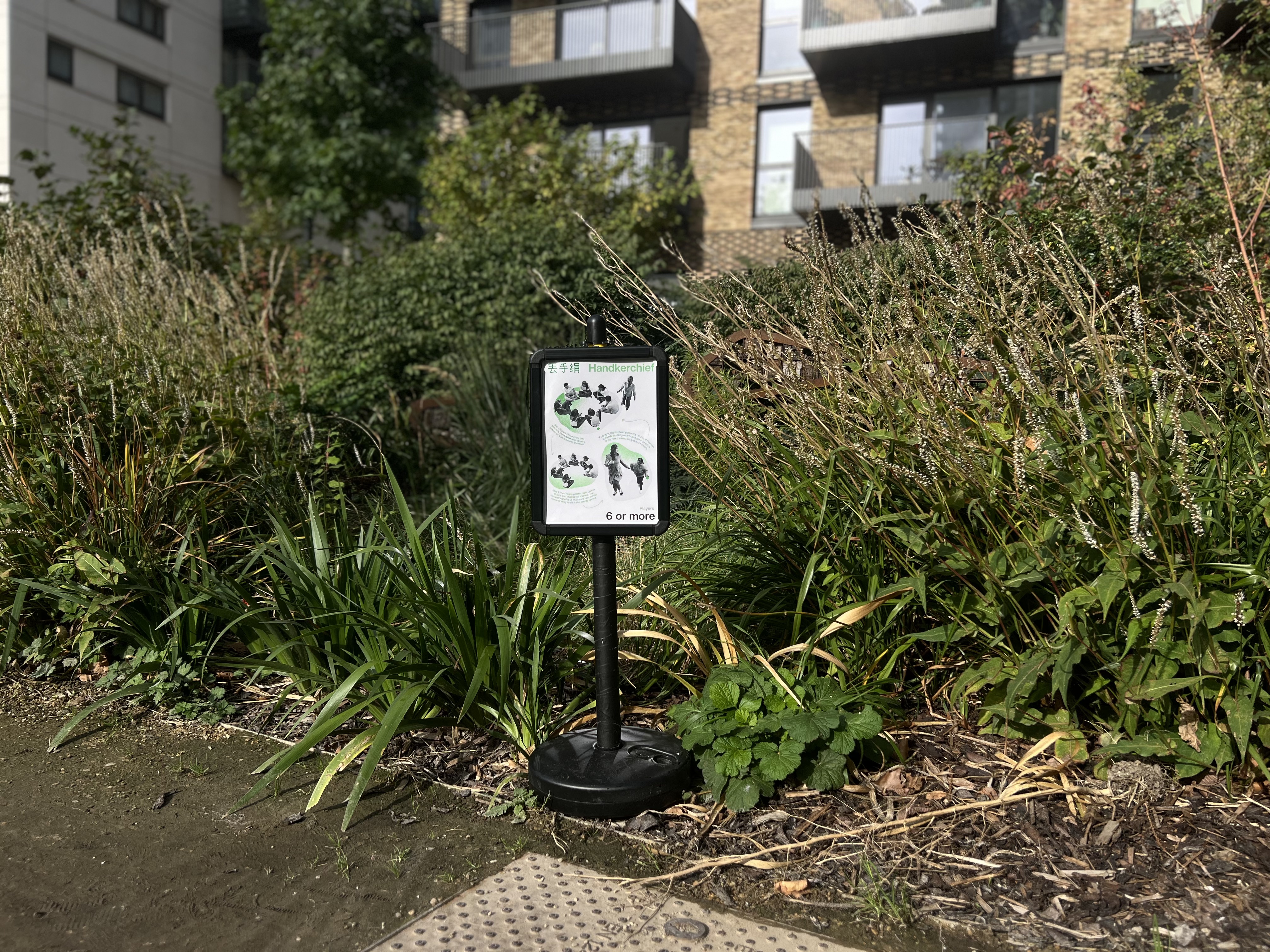

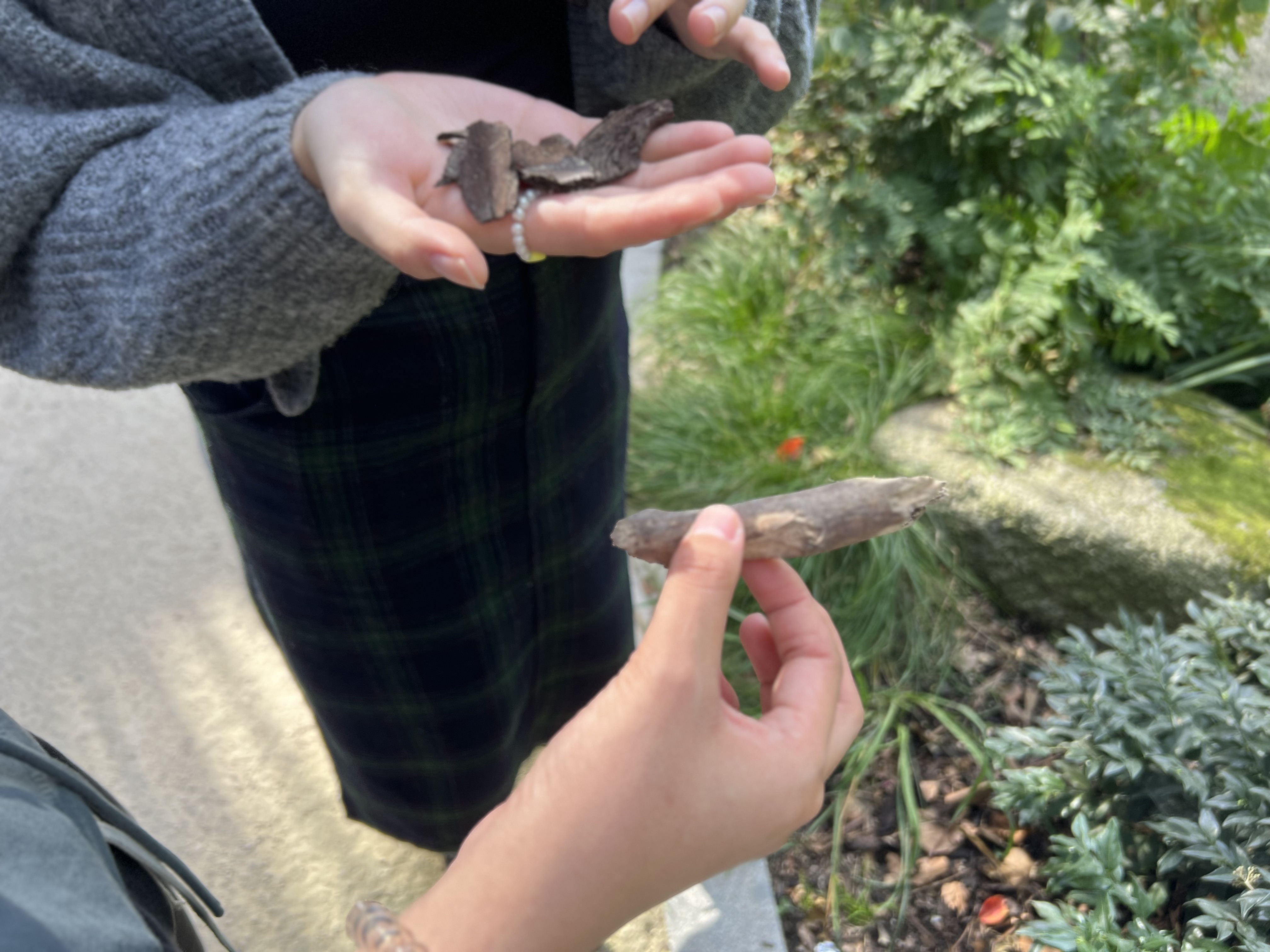
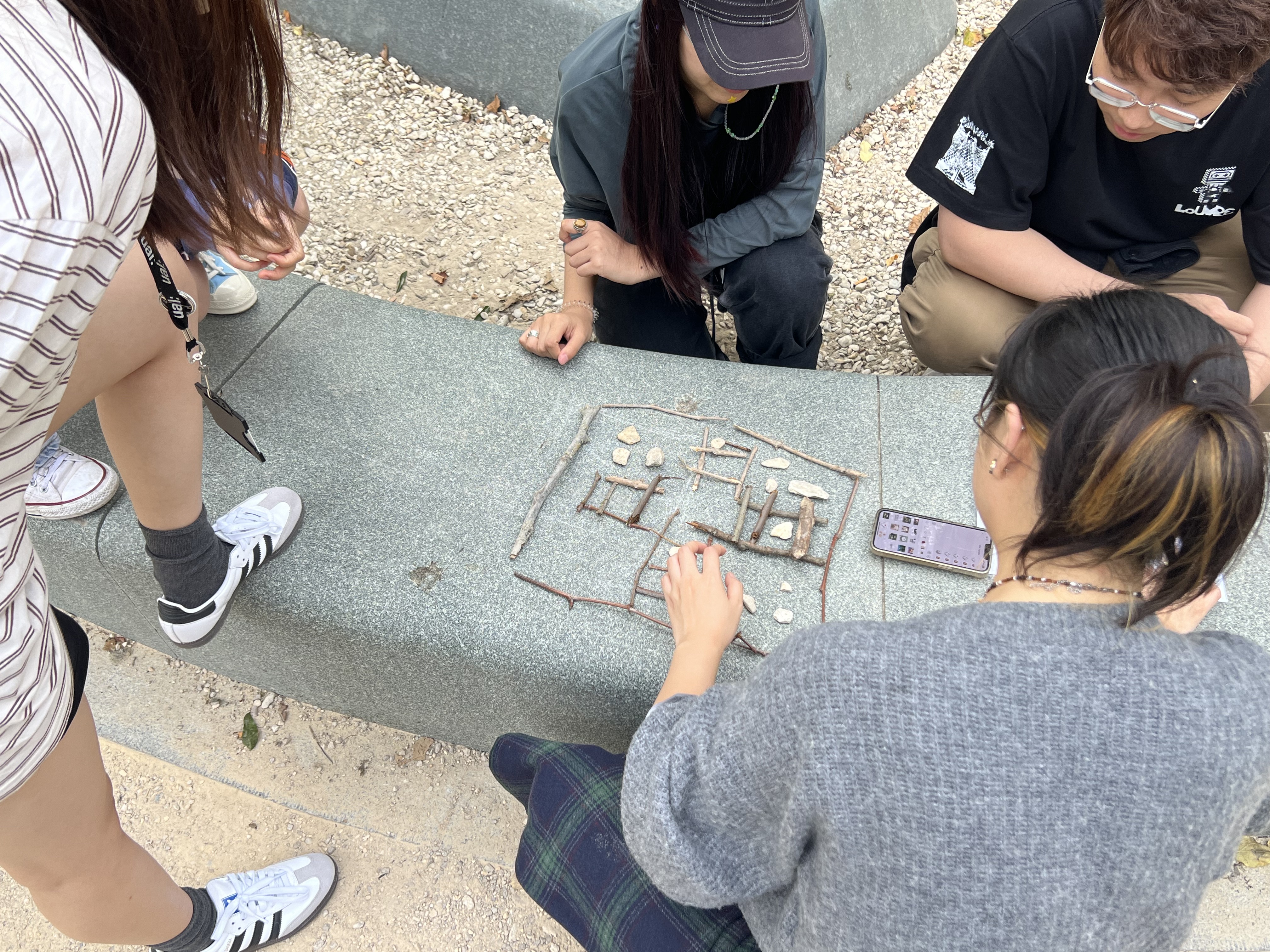
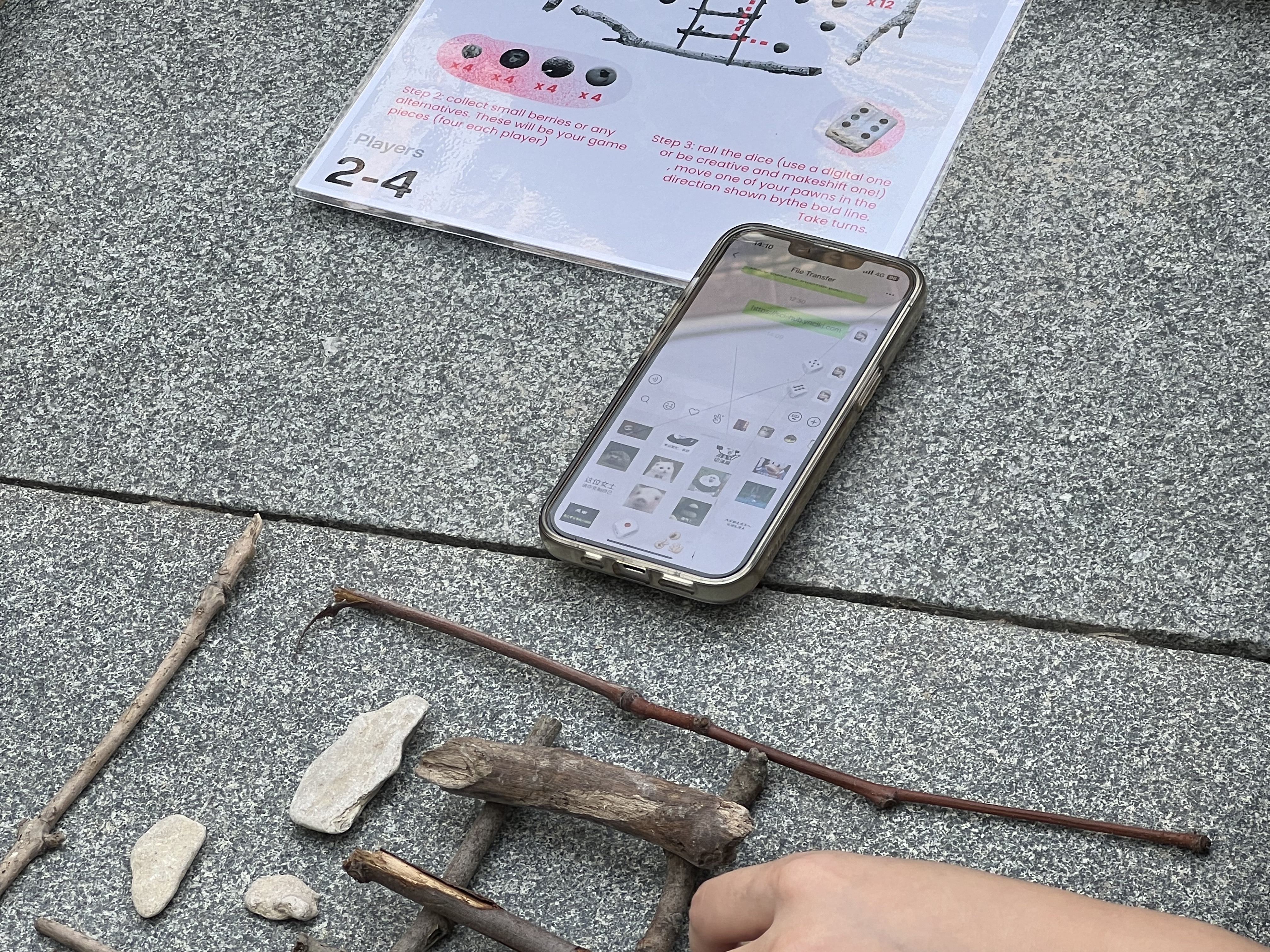
Findings:
- The stand was too small, low in height.
-
They used their own experience to play it.
- They were creative in coming up with solutions for lack of proper materials, such as using digital dice.
- it’s fun watching others play too not only participating.
- Some may care about not touch dirt or stones.
-
Some were asking rewards at the end of the games.
- It’s it fun collecting materials - some said yes some said no.
- It was easier to play when the game was right next to them instead of on a stand.
-
Maybe provide hand sanitizer.
- Audio/video instructions with the instructions (qr code).
Workshop preparation and execution:

We took advantage of the chance to interact with the public through a workshop, aiming to gather data to enrich our project. Initially, we considered various approaches for the workshop, including having people play our games. However, we realised that just having people play our games might not offer the much information we were aiming for. Consequently, we chose to explore a broader context.
Since our project centered around traditional game preservation, we wanted to this opportunity to delve into other aspects. To facilitate this interaction, we crafted a zine template that included the following prompts:
We encourage creativity in defining personal traditions by providing pens, scissors, and glues for participants to cut out and collage their stories.
Since our project centered around traditional game preservation, we wanted to this opportunity to delve into other aspects. To facilitate this interaction, we crafted a zine template that included the following prompts:
- What does the word 'Tradition' mean to you?
- List traditions that are most memorable/valuable to you (personal/cultural).
- How would you want to revive/bring back the lost or declining tradition?
We encourage creativity in defining personal traditions by providing pens, scissors, and glues for participants to cut out and collage their stories.
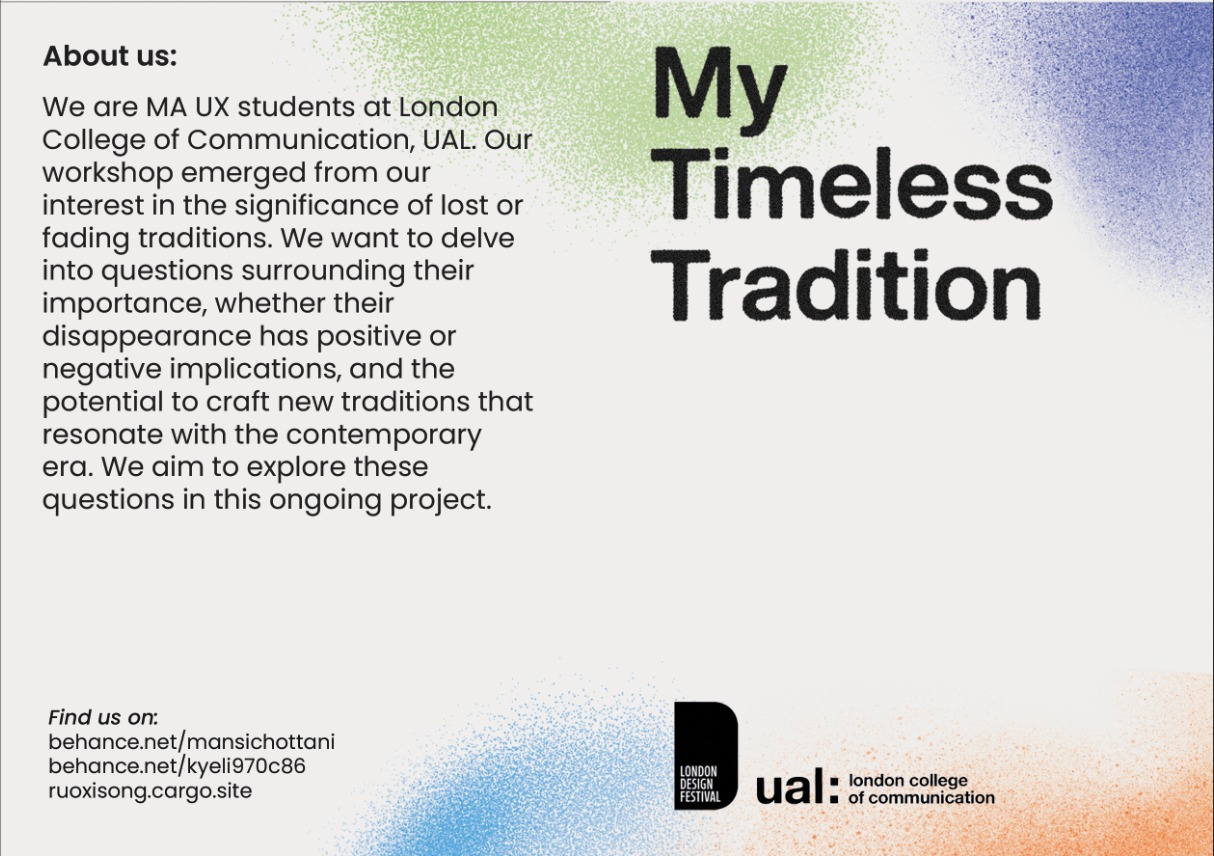
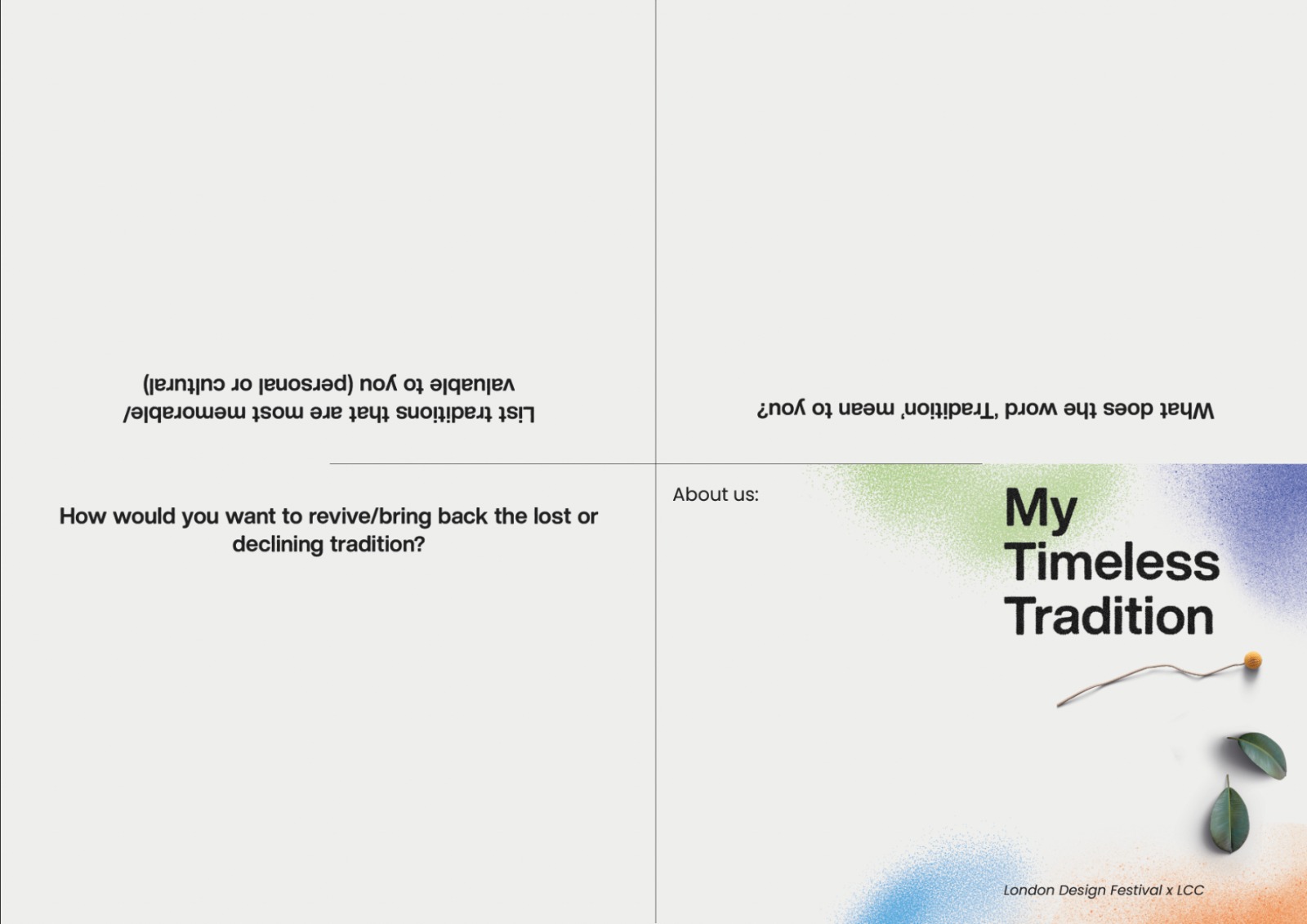
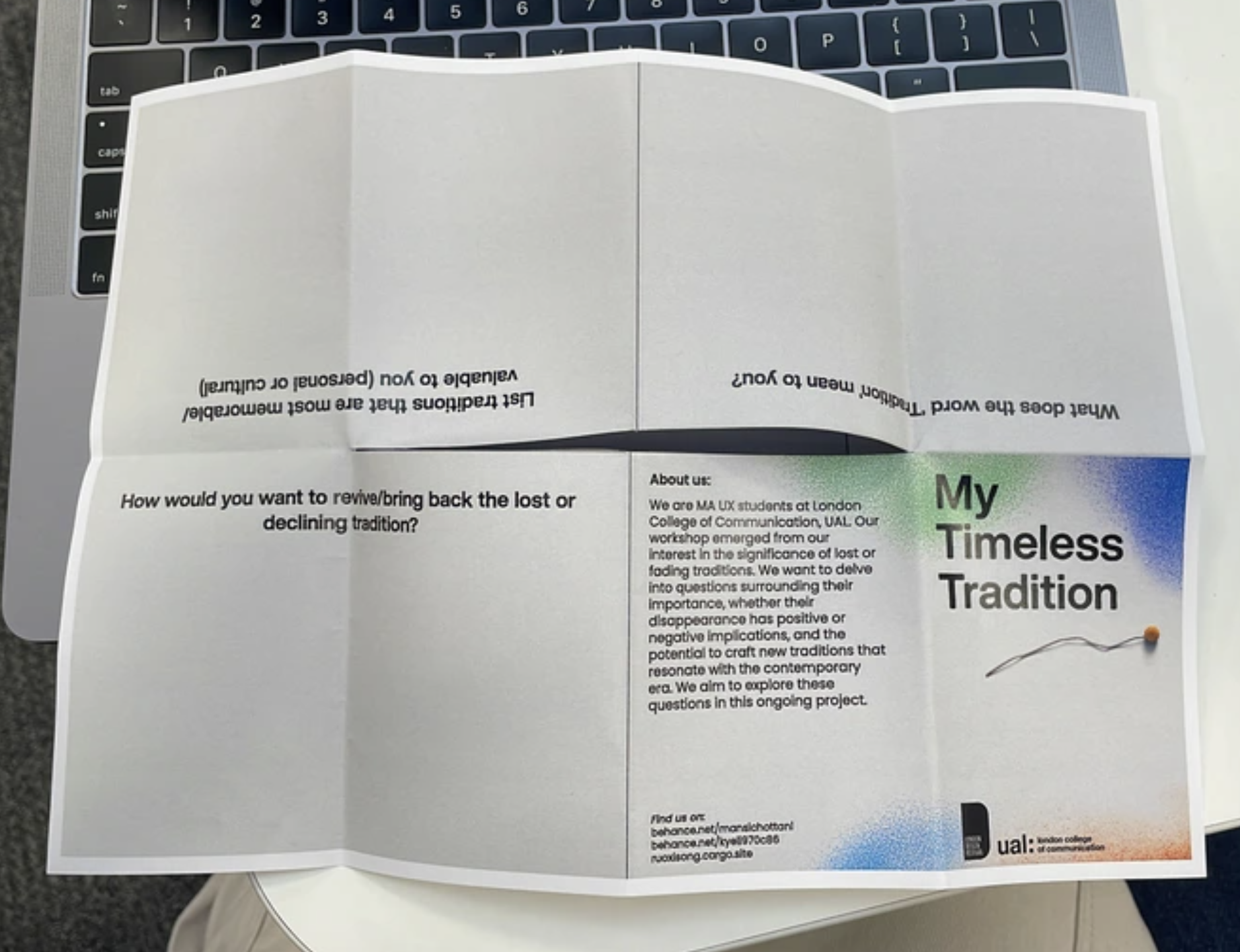

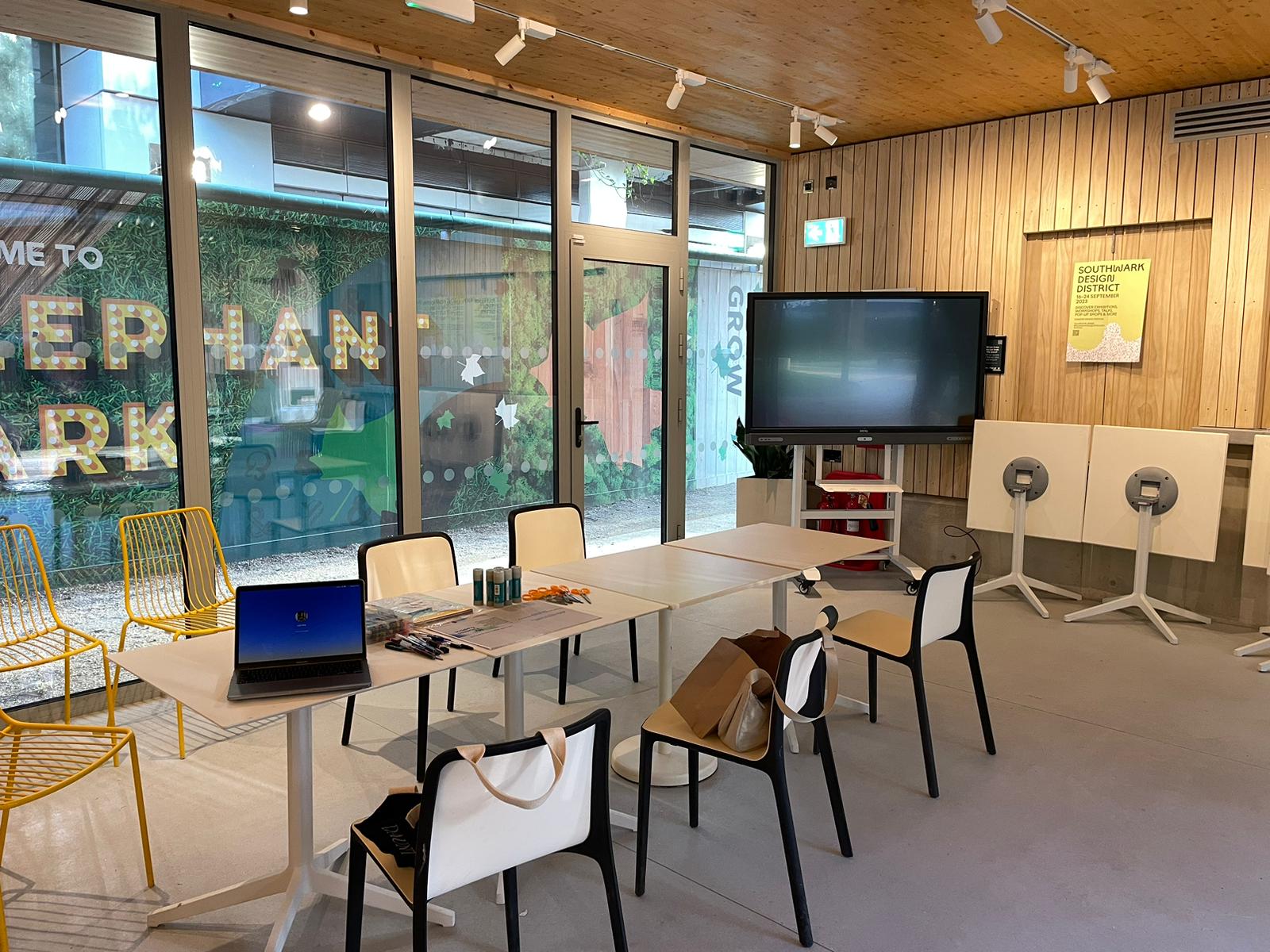
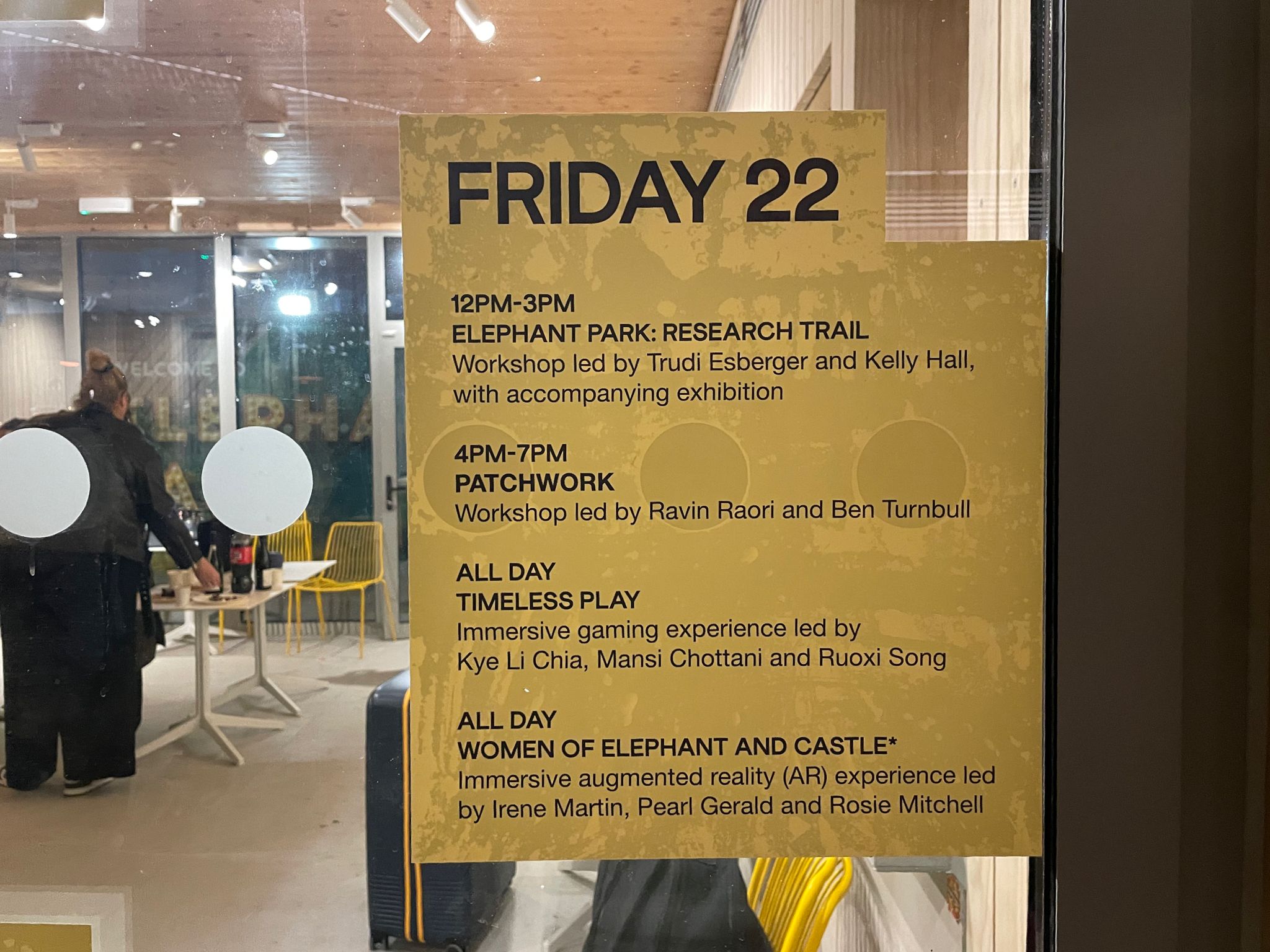
Given that it was our first time conducting a workshop, things didn't go as smoothly as planned on the day. We had to gather more materials and organize the zines, causing a bit of stress regarding how to execute the workshop. We aimed for an informal atmosphere, encouraging participants to engage in conversation rather than a formal presentation. Fortunately, Irene from LDF provided invaluable assistance.
The workshop began with introductions and an overview of the project's motivation. We then transitioned into a zine-making session, discussing the definition of tradition and our specific focus on traditional games. By the end of the session, each participant had a personal zine to take home. This approach aimed to keep everyone engaged and foster a balanced learning experience for both participants and us.

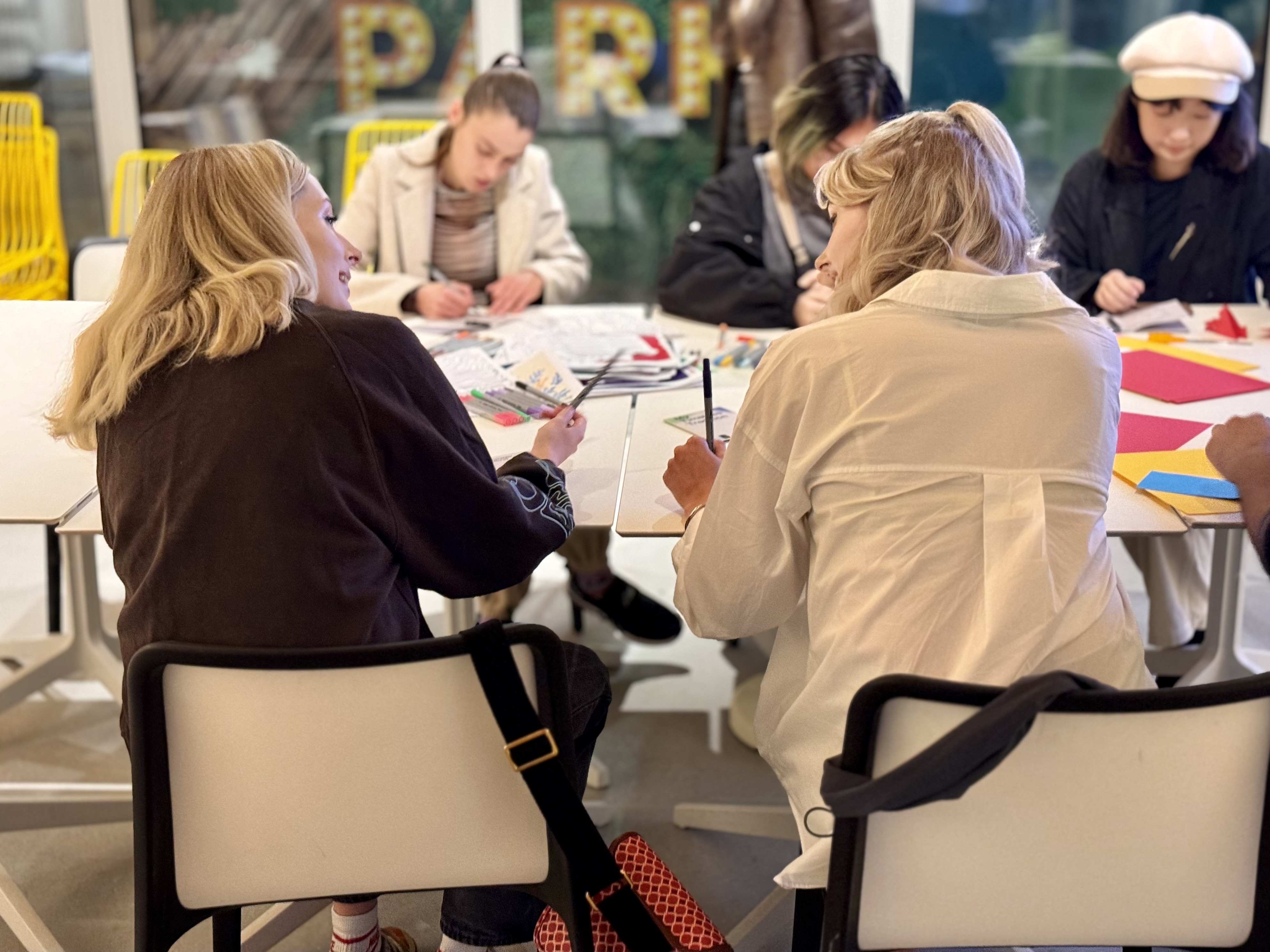
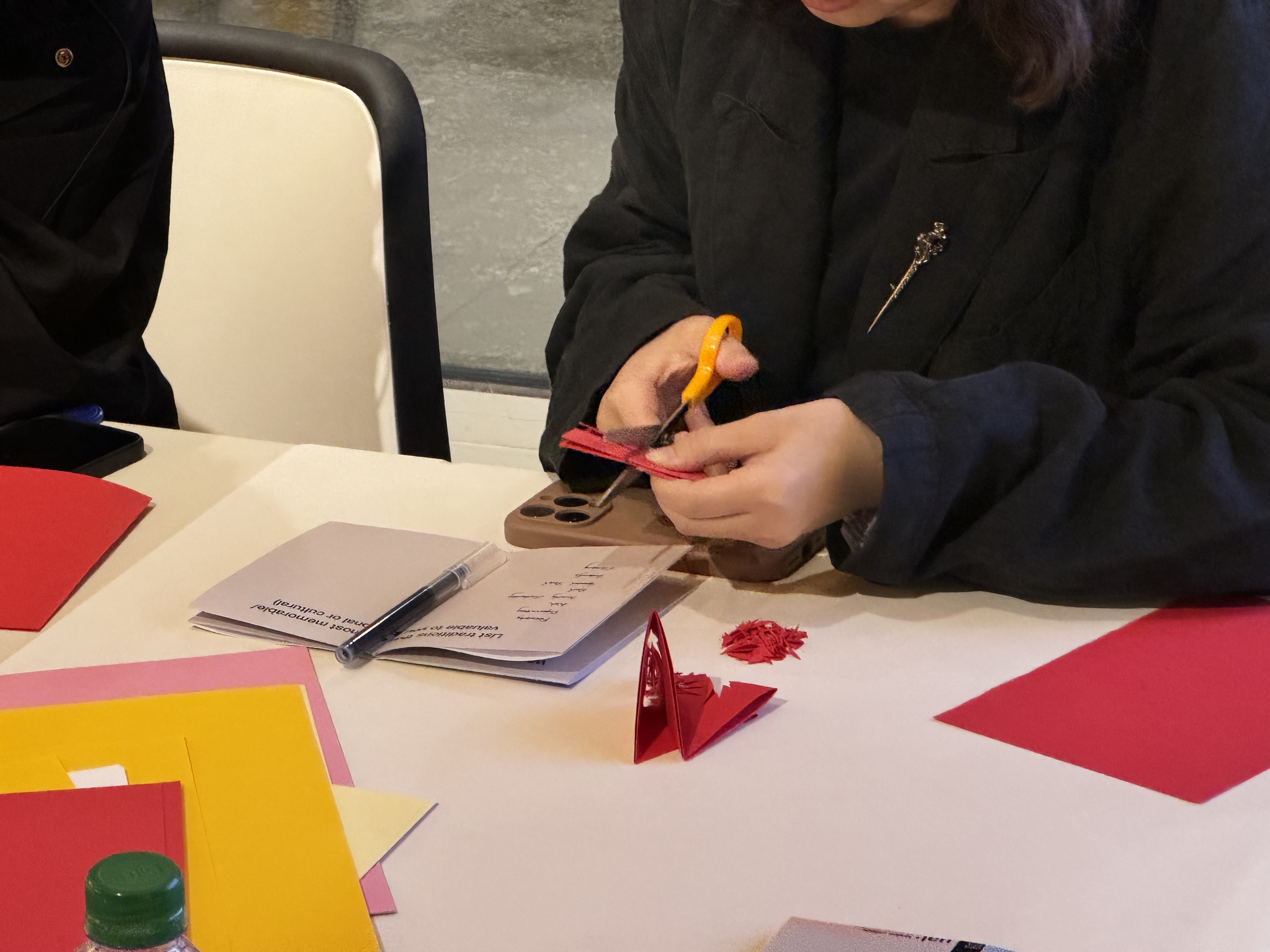
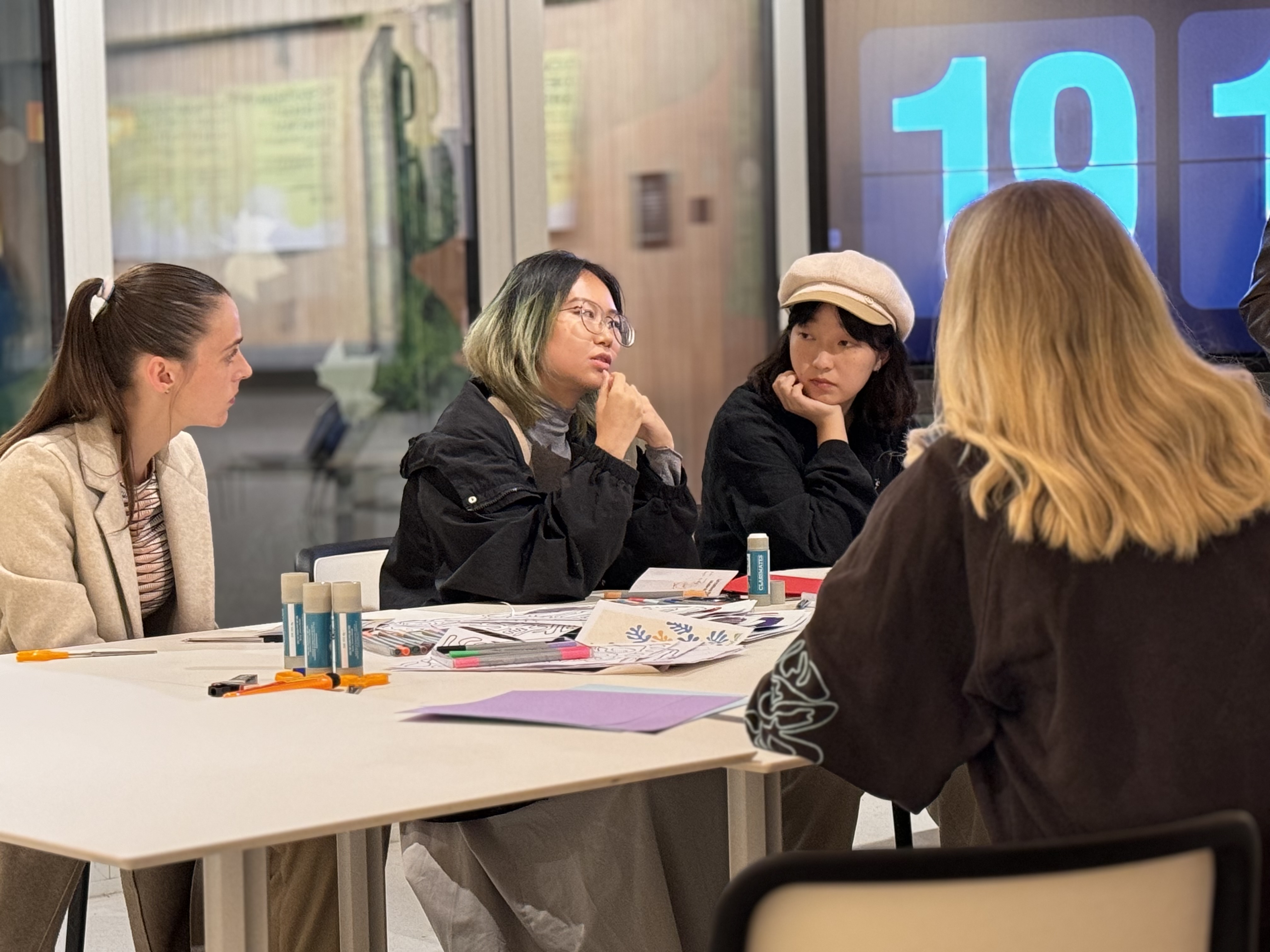
As participants completed each prompt, we encouraged them to discuss their zine creations. However, it often felt more like a lecture, with individuals explaining their prompts and moving on swiftly. Occasionally, attendees spontaneously engaged in discussions and commented on each other's work. These moments felt more relaxed and natural compared to just following the prompts. It has prompted us to consider what we could have done differently to encourage discussions, rather than assuming they would naturally occur once participants began talking.





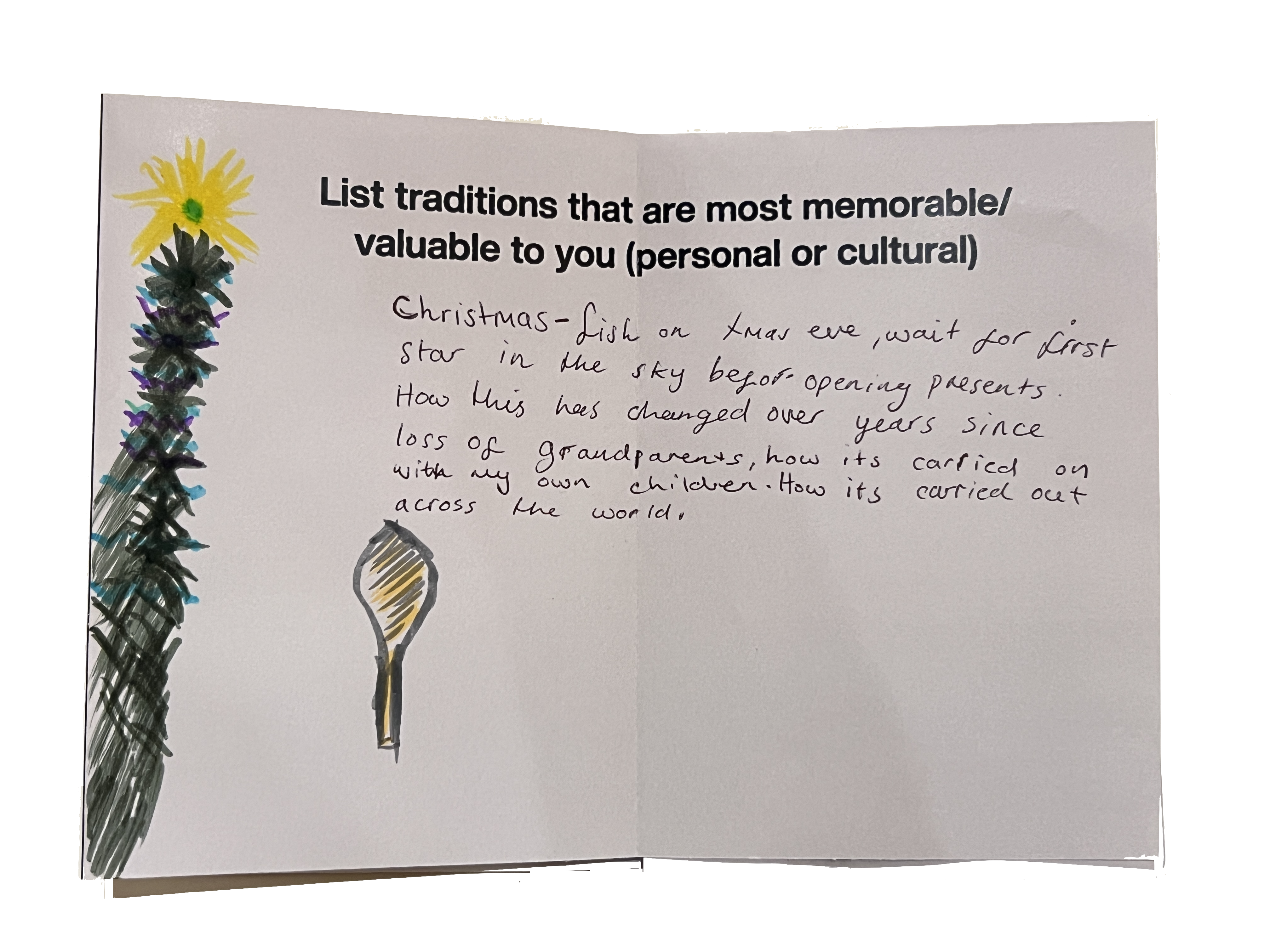
Another thing we observed ws despite emphasizing drawing, cutting, and sticking, many participants chose to write words instead. This was unexpected, as we assumed people would eagerly embrace creating tangible elements. This realization emphasized the importance of considering participants' diverse backgrounds and creative experiences, especially since not everyone had a creative background.
Workshop reflection:
The participants found the workshop engaging and they particularly enjoyed creating the zines while discussing various aspects of traditions. The workshop was also a valuable experience for us, as interacting with actual people and learning different things is always exciting. After the workshop, we reflected on how we could improve for our future workshops. Overall, we were pretty happy with how things turned out, and it's given us some directions for our upcoming research and designs.
Week 5
In our LDF workshop, we aimed to gain insights into the general meaning of tradition and to delve into its various aspects by guiding participants through prompts we provided.
At this stage, we transitioned our perspective from traditional games to a broader understanding of tradition. To facilitate this shift, we employed mind maps to categorize insights, explore questions related to tradition, compile workshop summaries, address concerns, and identify potential directions for our project.
Mind Map:
At this point, our lens shift from traditional game to a larger context of tradition, so we created mind maps for us to sort out insights, associated questions of tradition, summaries from the workshop, concerns, possible directions, etc..


Analysis & Insights:
-
Traditions have to do with sentimental and emotion.
-
How is it different from routines?
-
How often your experienced certain tradition can affect how deep you get involved.
-
Tradition somehow contribute to who we are.
-
It means a sense of belonging.
-
It’s not lost in the home country but when in a foreign country.
Directed storytelling:
To delve deeper into how international students celebrate traditional festivals in a foreign country and compare it to their celebrations in their home country, we conducted directed storytelling with our course mates.

Insights:
Following the directed storytelling, we were a bit unsure about our next steps. Some people shared that celebrating traditional festivals in a foreign country often involves using available resources and bringing people together for the festivities. There’s also people saying they didn’t care too much about celebrating a specific traditional festival in a foreign country because they are here to embrace the new culture.
Interestingly, participants also highlighted the significance of oral stories in explaining the reasons behind certain festival celebrations, underlining the connection between these stories and broader traditions. Despite we weren't entirely sure where to go next, one consistent theme that emerged from the storytelling was the concept of food. So, we've decided to dig deeper into food, brainstorm ideas around it to understand its role in cultural traditions.
Ideation:
At this point, we've shifted our focus to designing a traditional food cooking experience based on our research and analysis this week. We've brainstormed ideas for our next steps, including concepts like merging Mahjong and hotpot to combine traditional food with a traditional game. Another idea involves creating a package that includes traditional food recipes and all the necessary ingredients.

We also did some research on the existing projects about gamify cooking.
Presentation & Feedback:

- Mahjong hotpot sounds very fun but why we want to gamify.
-
There’s a disconnect or less strong reason why we shift to food.


